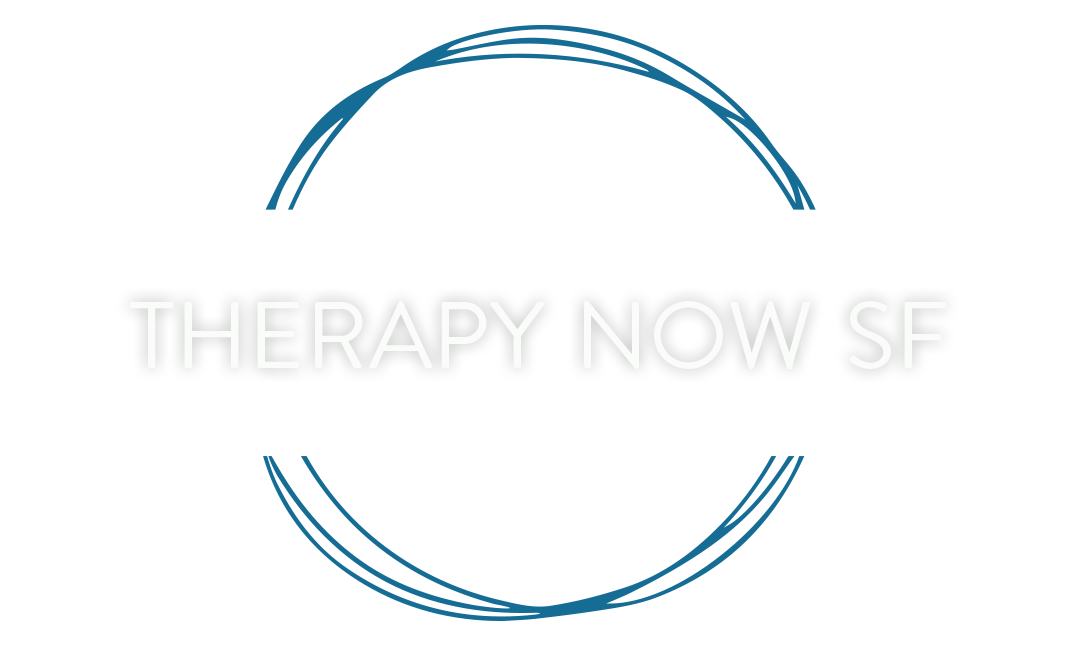We tend to feel that our brains work in a logical, well-ordered manner. We believe things because they’re true. However, that is not always the case. Cognitive distortions, such as blaming, over-generalization, and jumping to conclusions all result in negative thinking. So challenging these cognitive distortions is a key aspect of cognitive behavioral therapy. “Control Fallacies” are one such way people’s distorted thinking can get the better of them.
What Are Control Fallacies?
Control fallacies are precisely that – fallacious beliefs about our control (or lack thereof) over a situation. There are two ways that these fallacies work:
Hyper Control – In some situations, you may feel that you are so in control of everything that anything that goes wrong is inherently your fault. This is similar to personalization and leads to feeling that you have failed other people, and a deep sense of guilt. You may even feel responsible for other people’s behavior and thoughts and somehow believe that it has something to do with you.
Out of Control – On the other end of the spectrum, we have a situation in which you feel completely out of control. In this situation, you feel that everything is outside of your control, or that you cannot have an impact on a situation, even though the truth is that you have control over many factors. In a way, you feel that you are a powerless victim of fate. It can lead to blaming others for situations where you had a degree of control, blaming luck for how things turned out, and focusing on other external forces you feel deserve the blame.
Who Is Most at Risk of Control Fallacies?
While many people can suffer from control fallacies, they most commonly affect individuals who suffer from depression, anxiety and panic disorders, and those who have abuse or trauma in their pasts.
How to Overcome Control Fallacies
While control fallacies can wreak havoc on your life, it is possible to exert a degree of control here. This applies to both types of distortion.
Be Honest with Yourself – First, be honest with yourself about the level of control or responsibility involved. If you feel that it is your fault but you have no control over or responsibility here, realize that your brain is misinforming you. Likewise, if you feel that you have no control, but there are things within your control in the situation, such as poor quality of work in a rushed project, then take responsibility for those things.
Question Yourself – Before deciding whether you are responsible or not, ask yourself a couple of questions. “Am I sure about this?” Use this opportunity to look deeper into the situation and determine where your responsibility lies. “Am I really sure about this?” Use this as a chance to reexamine the assumptions you’ve made or conclusions you have reached. Are they accurate and honest? Or are they informed by negative thinking, rather than facts?
In both types of control fallacy, understand that negative thinking is the cause. When you feel that you’re either being controlled by external forces, or you feel that everything is your responsibility, focus on your breathing and look more deeply into the situation.




